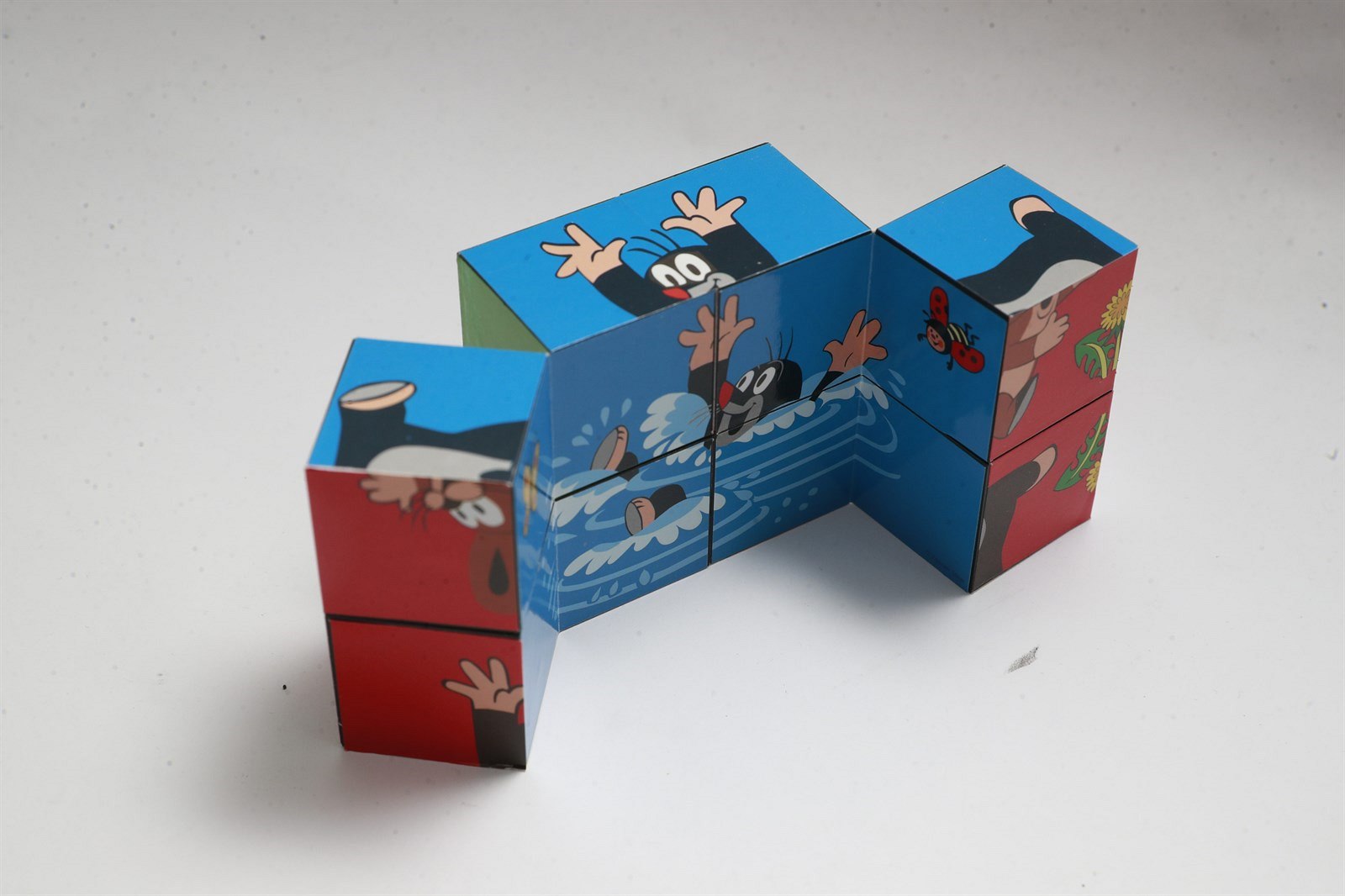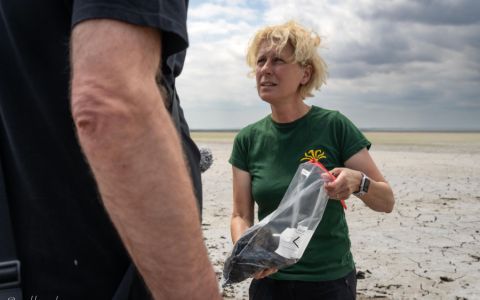When plastics from e-waste are recycled, toxic contaminants from plastics are transferred to new products made from the recycled material, invisibly endangering even children. This is a finding of a new study that examines the properties of toys and various consumer goods made from e-waste around the globe. The research was published in a prestigious journal Environment International and co-authored by Czech authors from a non-governmental organization Arnika.
Authors of the study "Global survey of dioxin- and thyroid hormone-like activities in consumer products and toys" found toxic substances including some banned worldwide. The common denominator of toys and other items bought in 26 different countries in Africa, Asia, Europe and the Americas was the production from so-called black plastics, i. e. recycled plastics from electronic waste.
The study evaluated the levels of several chemicals. One of them is tetrabromobisphenol A (TBBPA), a chemical that disrupts an endocrine system. The substance affects the functioning of thyroid hormones and has been linked to cancer and reproductive harm. High levels of TBBPA have been found in most consumer products and black plastic toys, suggesting that these products could expose children to this particular toxic substance.
Shocking findings
Experts also assessed levels of several chemicals, including highly toxic, brominated dioxins (PBDD/Fs) in recycled plastic toys and other products. PBDD/Fs occur as impurities following the use of brominated flame retardants (BFRs), which are chemicals often added to plastics in electronics to confer flame resistance. Alarmingly, the study found that the average level of PBDD/Fs found in 24 toys exceeded proposed EU safety standards for a tolerable daily intake of dioxins and dioxin-like compounds, given young children’s typical mouthing behaviors.
“Our study simulates the real impact of products from plastic recycled from e-waste on human cells by analyzing hormones disrupting toxic activities. We were shocked to find that children could be exposed to significant amounts of highly toxic chemicals from recycled plastic toys,” explains Dr. Peter Behnisch from the Amsterdam laboratory BioDetection Systems, one of the lead authors of the study.
Plastic recycling and the presence of toxic substances in recycled plastic products is one of the major issues being discussed across Europe. The toxic substances added to plastics, according to this and many other studies, make plastics a material that is incompatible with the principles of the circular economy.
“Unfortunately, our results show that the current international treaties are not doing enough to protect our health. This situation allows plastics to poison the circular economy,” said Semia Gharbi, Chairperson of the Association de l’Education Environnementale pour les Futures Générations (AEEFG) in Tunisia and a co-author of the study.
Toy sold in the Czech Republic is the most toxic in the world
There were 3 samples included into this study from the Czech Republic. A toy cube with The Mole – a famous Czech cartoon character - picture had the highest dioxin-like activity analyzed by bioassay DR CALUX from all the samples internationally. And two of them, this toy and a fork handle had levels of brominated dioxins above 1000 pg TEQ/g - which is the level comparable to the one suggested as a limit value for definition on hazardous persistent organic pollutants (POPs) wastes within Basel and Stockholm Conventions. For mouthing behaviour calculation, the toy would exceed tolerable daily intake of dioxins (0.25 pg WHO-TEQ/kg body weight) for 12 months old children.
“This is not an acceptable risk for children. The cube marked as the most toxic toy in the Czech Republic some time ago has proven to be also the most toxic toy globally in this study,” comments co-author of the study Karolina Brabcova, leading Arnika's campaigns to ban toxic substances transmitted to consumer goods in Arnika.

Arnika wants a stricter Plastics Treaty
Findings of the research are crucial for the design of the new Plastics Treaty which will be discussed at the third International Negotiations Committee meeting in Nairobi scheduled for next week.
Program director of Arnika’s Toxics and Waste Programme and International Pollutants Elimination Network (IPEN) expert on dioxins Jindřich Petrlík stresses the need to avoid a formulation focused only on the volume of plastic waste produced but ignores its toxic content.
“The current limits set for control of toxic halogenated compounds in plastics allow toys and other consumer products to be made with toxic flame retardants (accompanied by dioxins and endocrine disrupting chemicals as by-products). Based on our study, we are calling for stricter limits and better control of all toxic chemicals in recycled plastics that reflect the latest scientific findings,” summarizes Petrlík.







